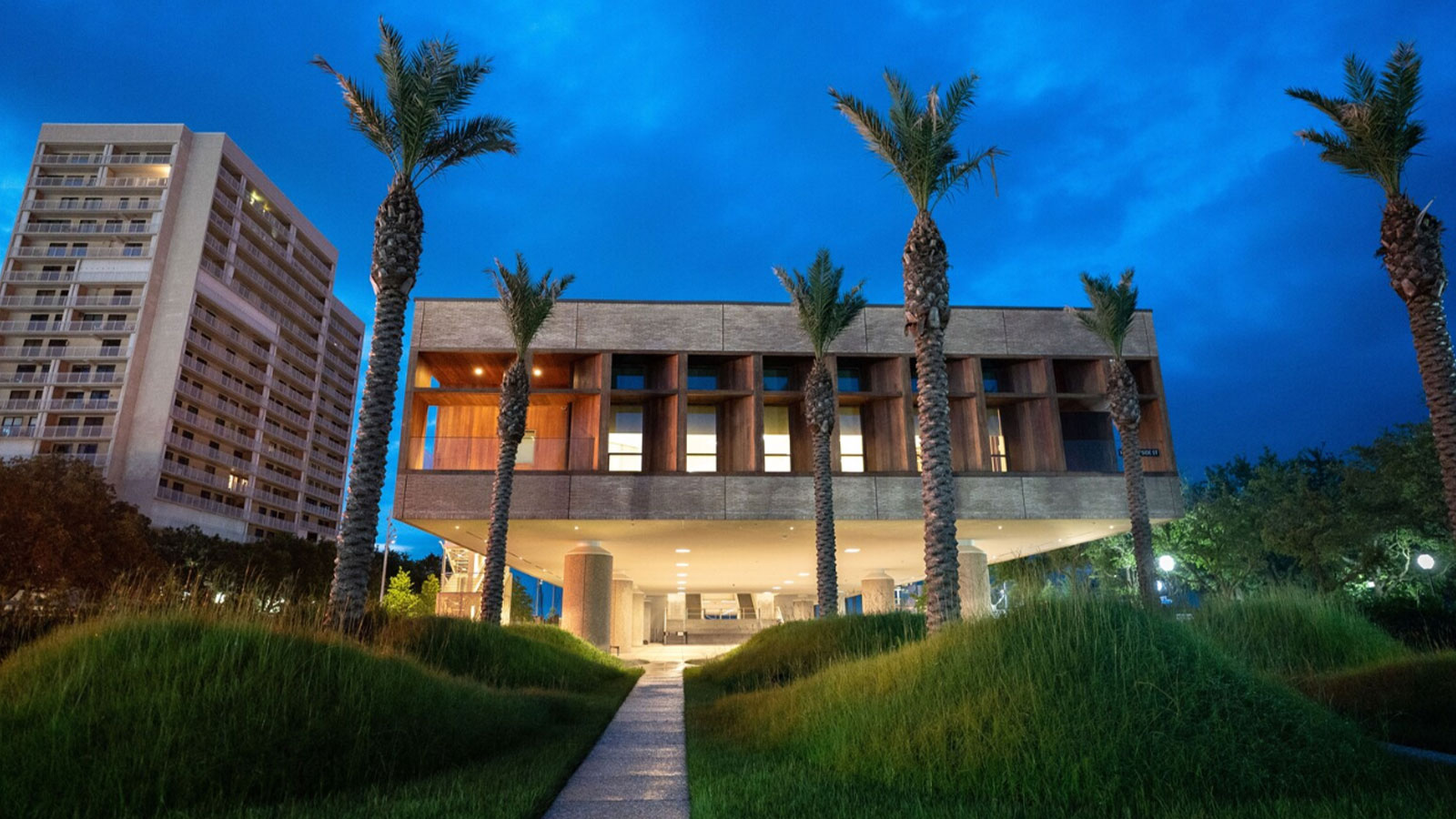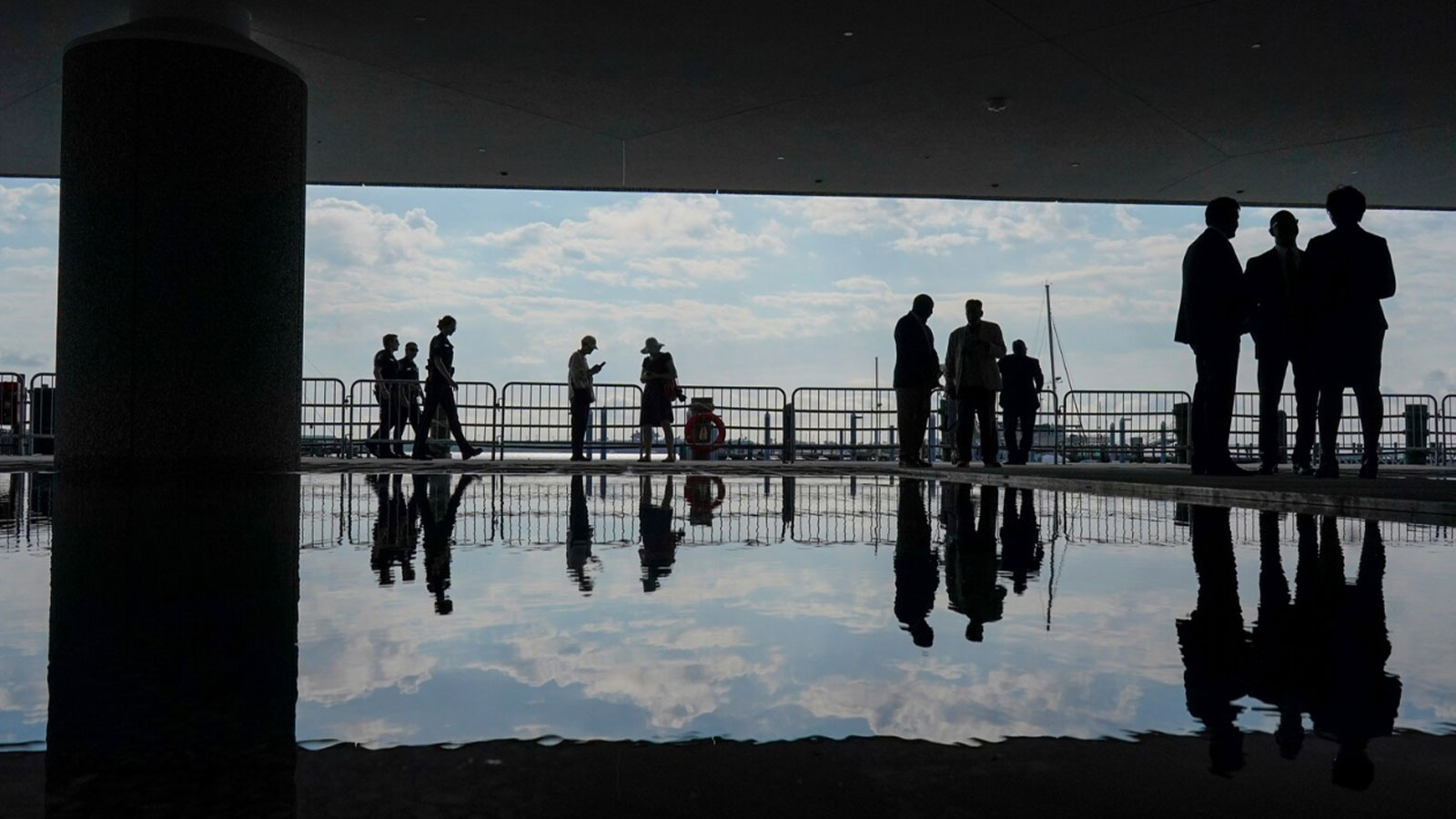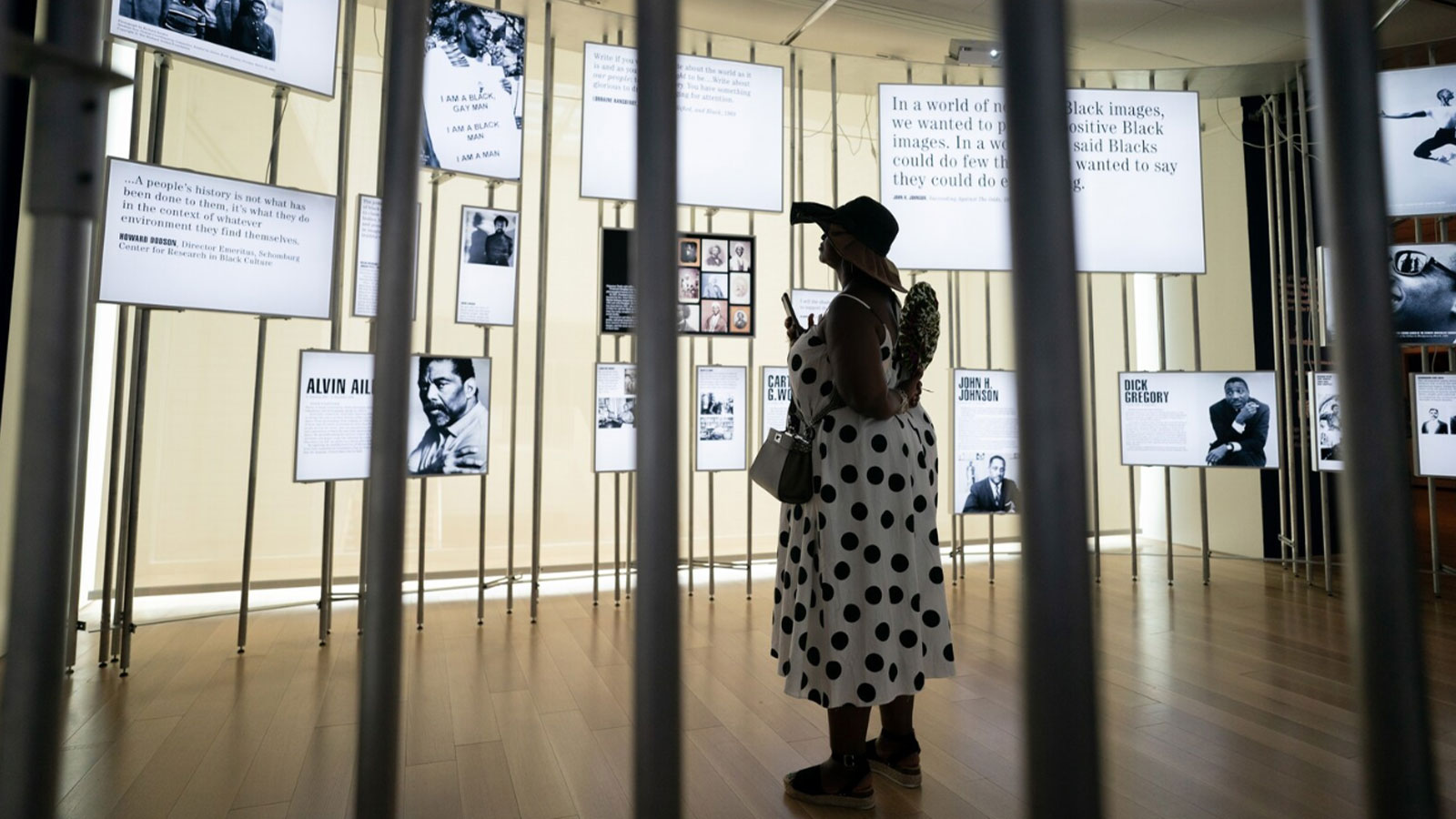The opening of the International African American Museum in Charleston, S.C., is part of the corrective, generations-long rewriting of American history.
By Edward Ball, The Washington Post —
Edward Ball is the author of six nonfiction books, including “Slaves in the Family” and, most recently, “Life of a Klansman.”
Back in 1999, Joseph P. Riley Jr., the mayor of Charleston, S.C., had a disruptive idea: Charleston, a city more than three centuries old that attracts millions of tourists every year searching for traces of the Old South, should have a museum about slavery.
After all, the city was the port where nearly half of the captive Africans dragged to this continent were first sold. Charleston was also where, in 1861, militant White people afraid that newly elected President Abraham Lincoln would end their right to enslave people launched the Civil War. For roughly 200 years, slavery was paramount to Charleston’s economy, politics and mental life — and yet its legacy had been trivialized or ignored.
Building a major Black history museum in the Deep South at first appeared to be a nearly impossible undertaking. Twenty-four years ago, few White people and not many Black people wanted to touch the slavery story, which evoked feelings ranging from shame to pain and rage. For two decades, Riley politely countered White hostility, recruited wary Black leaders to the cause and elicited money from foundations, state and local governments, citizens and a few corporations. In 2019, having retired after 40 years in office, he turned a shovelful of dirt to break ground at a waterfront site. And last month, almost a quarter-century after his first subversive thought, Riley inaugurated the $125 million International African American Museum.
A modernist rectangle in golden brick, the museum seems to hover on pillars atop the former site of Gadsden’s Wharf, where a great many slave ships ended their passage. Beneath the museum is the muddy bank where tens of thousands of Africans set foot in the land of liberty, half-dead, terrified and starving. It is a kind of ground zero for Black America.

A general view of the International African American Museum on June 27 in Charleston. (Sean Rayford/Getty Images)
And it starts by blessing the dead. At the waterfront end of the building, in the African Ancestors Memorial Garden, created by landscape designer Walter Hood, hundreds of silhouetted human figures are etched into a ground made of oyster shells mixed with cement — a local material called “tabby” — representing the roughly 1 in 6 captives who died or were killed during the forced transports of the African slavery trade. Tidal water floods and ebbs over this field of bodies, a natural elegy to the nameless victims of America’s founding cruelty.
Within the museum, galleries tell the story of the African diaspora. The curators treat Charleston as the funnel of Black culture that the city in fact was, showing how different peoples from West Africa were forced onto plantations, the steamy prison camps of the Southern colonies, how distinct cultures were amalgamated into a general Blackness and how Black life was carried north and west into every corner of the United States. About one-quarter of the gallery space is focused on the slavery trade, while another quarter tells stories about plantation life. Then it is upward and outward into all things Black and American — church life, Black food invention, Black music, Blackness in design. The diaspora becomes granular with stories of Buffalo Soldiers, rural midwifery, Pullman porters, the Mardi Gras Indians, the Black women’s club movement and lesser-known campaigners for civil rights. For reasons that are easy to infer, the museum possesses few artifacts. It uses photography, sculptural models, video interviews, CGI, audio recordings and archival footage to tell stories that include scores of subplots across a dozen generations. And there is a Center for Family History, aimed at helping visitors reconnect with their ancestors and construct a personal family narrative.
Historical literature today differs from that which prevailed when Riley first dreamed up a museum. The hero worship around the Founding Fathers, a cult that once drove national memory, is breaking like a fever. Stories that once packed every history bookshelf — flattering generals and politicians, businessmen and enslavers — are in rewrite, with old elites demoted and people they stood above and against lifted up in turn.
American history is also being rebuilt in bricks and mortar. Hundreds of monuments to clay-footed heroes are coming down, while new museums are going up. The Smithsonian’s National Museum of African American History and Culture (the “Blacksonian”) opened in 2016. Montgomery, Ala., has been home to the National Memorial for Peace and Justice since 2018 and the Legacy Museum: From Enslavement to Mass Incarceration since 2021. Now, Charleston has the International African American Museum — which uses an acronym, IAAM, that seems to say, “I am.”

Guests arrive for the opening of the International African American Museum on June 24 in Charleston. (Chris Carlson/AP)
The opening of IAAM is corrective and inevitable, part of the generations-long rewrite of U.S. history. And it is necessary: Recently, the fight over the past has taken the strange form of gag orders crafted by politicians. Since 2021, dozens of states have introduced or passed laws restricting the teaching of the history of race and slavery. Nearly 80 similar measures are pending. The festival of censorship would be psychotic if it were not strategic, a scheme to arouse White fragility into a voting bloc ahead of the 2024 elections.
IAAM represents a breakthrough at the front of the history wars, as well as the seizure of new terrain. Facts are on the ground, and the infrastructure is going up. In 2021, the National Park Service began the acquisition of parcels of land in Natchez, Miss., at a place known as Forks of the Road. This was the site, during the 1800s, of one of the largest markets for enslaved people in the South. The Park Service plans interpretation and perhaps a memorial on this sacred ground. The good guys are kind of winning. But the fights go on.
On June 24, as I walked toward the dedication ceremony for IAAM, I passed through a security perimeter guarded by cops, metal scanners and men wearing insignia that read, “Explosive Devices Team.”
Once inside, however, I listened to the water as it washed over the tabby field of enslaved bodies. It was the sound of a paradigm shifting, and it brought to mind a line of James Baldwin’s: “The world is white no longer, and it will never be white again.”
Source: The Washington Post
Featured image: A woman looks at an exhibit at the International African American Museum on June 27 in Charleston, S.C.


